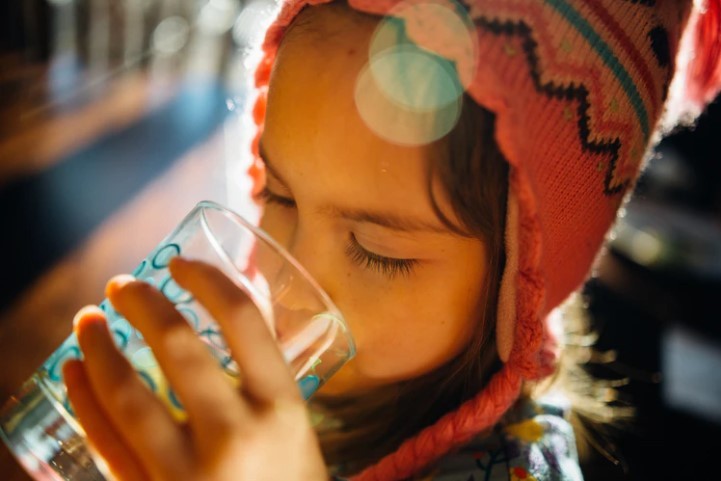Plastic pipes that were damaged in the California wildfire could trigger widespread drinking water contamination, a study from environmental engineers from Purdue University revealed.
The findings indicated that contamination is possible even if only a portion of the building caught fire, but the rest of the areas remains in use. Damaged plastics from heat exposure has also caused the leaching of 100 chemicals in the water system.
READ: Australia Inquiry on Bushfires Held as Fires Further Devastate Wildlife and Economy
Polluted Drinking Water following California Wildfire

The source of drinking water contamination following a wildlife has baffled authorities since it was discovered in 2017.
After the devastating wildfires such as the 2-17 Tubbs Fire and the 2018 Camp Fire, several chemicals were found in water distribution networks. In some areas, concentration of chemical levels was so high, it was comparable to hazardous waste. Suprisingly, no water contamination was found in the water treatment plants or the water source but it is found in the plumbing system.
The drinking waters were found to have organic compounds including benzene that alarmingly exceeded the EPA hazardous waste threshold.
Earlier this year when the wildfires burned through the hills near Santa Cruz, California, various toxic chemicals in the water supplies, including high concentrations of benzene, a known carcinogen were found in the water samples of at least two communities.
Upon further testing of water samples, environmental engineers later discovered that it has become more apparent that wildfires are not the only culprit to these polluted drinking waters, but the heated plastic pipes can cause contamination to water supplies through leaching of chemicals.
The study team found that plastic pipes from heat exposure can cause more than 100 chemicals to leach from the damaged plastics.
READ ALSO: Major Power Shut off in California as Strong Winds Bring Fire Danger
The Plastic Pipes and California Wildfire Problem
The contamination through plastic pipelines pose a prevalent problem among wildfire vulnerable residents as it is commonly used in drinking water systems as they are the cheaper to install than the metal alternative.
This year, the 52,000 fires has damaged more than 17,000 structures which has elaborate water system made of plastic pipes.
To confirm if plastic pipes are the culprit for the contamination of drinking water following the wildfire, commonly available plastic pipes such as high-density polyethylene (HDPE), crosslinked polyethylene (PEX), polyvinyl chloride (PVC) and chlorinated polyvinylchloride (CPVC) were subjected to heat and tested for possible chemical contamination. The test revealed that heating generated benzene and other chemicals from the pipes. As the plastics cooled, the chemicals leached into the water even at 392 degrees Fahrenheit.
Researchers and the EPA suggests isolating the damaged plastic pipes. The heat-damaged plastic pipes would require more than 100 days of non-stop water rinsing for it to be safe to use again thus authorities suggest replacing the pipes instead.
Water can also install network isolation valves and backflow prevention devices to prevent the spread of the contamination from a fire-damaged building.
Property owners should also be encouraged to install fire-resistant metal pipes instead of plastics.
READ NEXT: Southern California Wildfire: Wildfire Rages, Tens of Thousands in Mandatory Evacuation
Check out more news and information on Wildfires on Nature World News.
© 2025 NatureWorldNews.com All rights reserved. Do not reproduce without permission.





